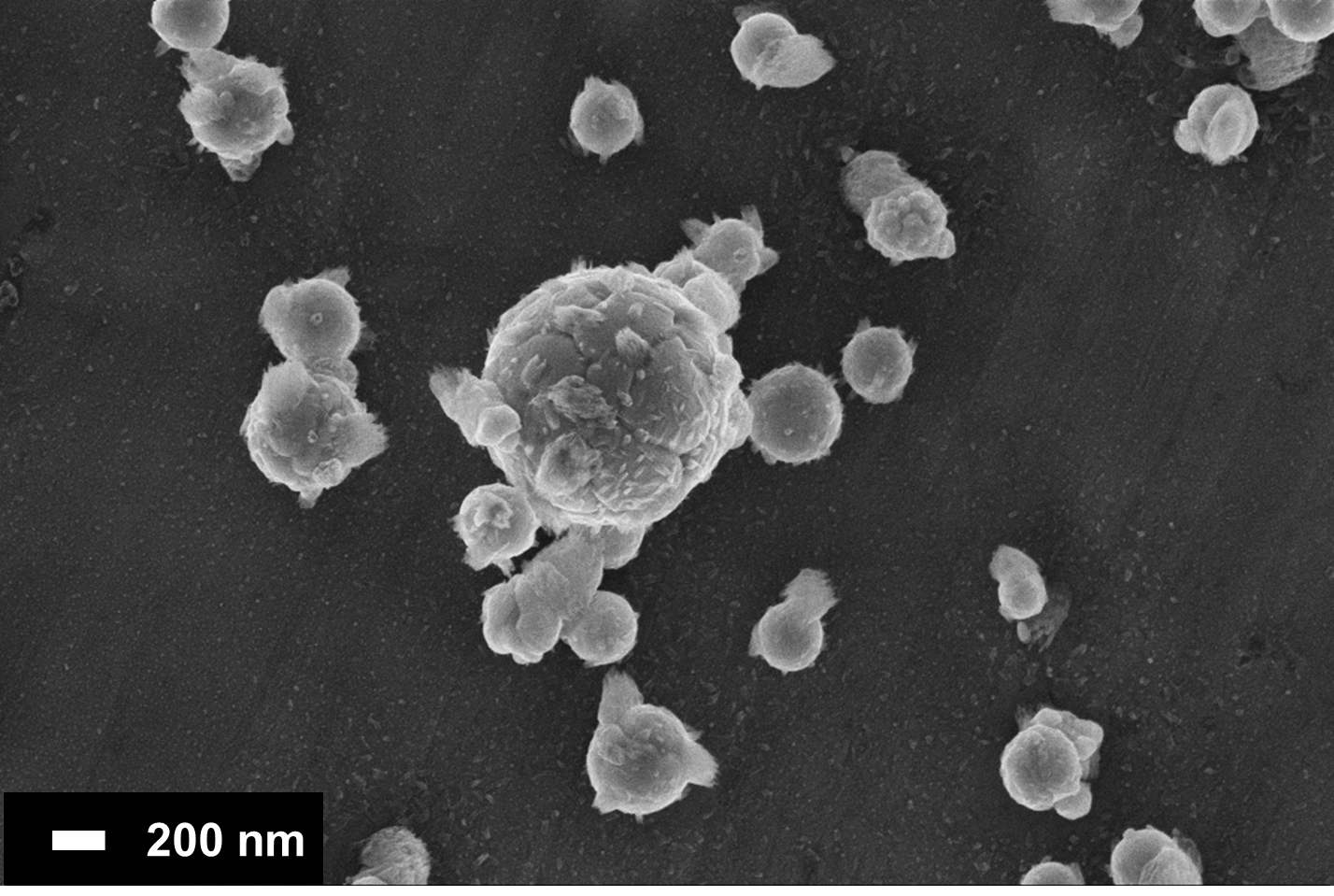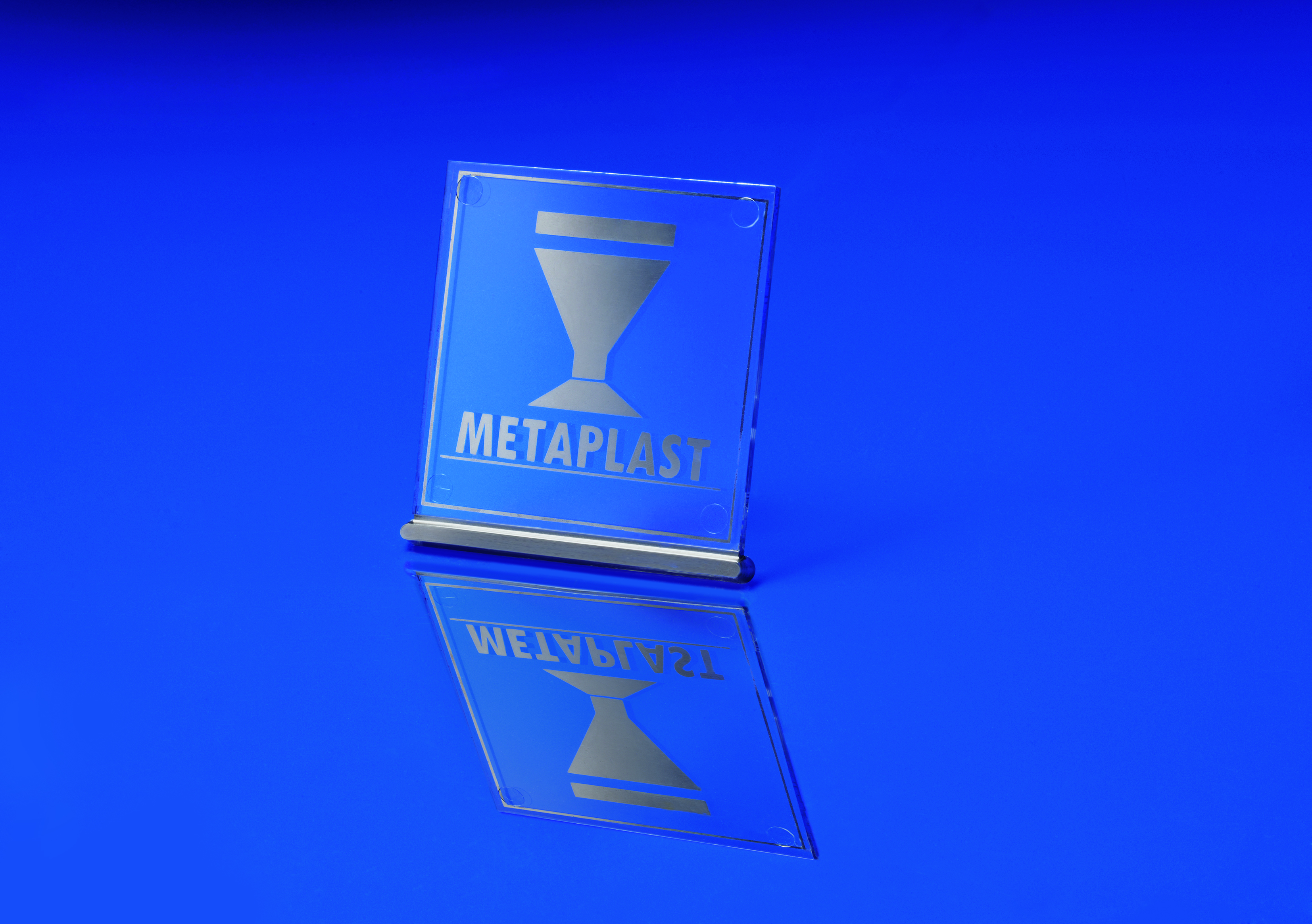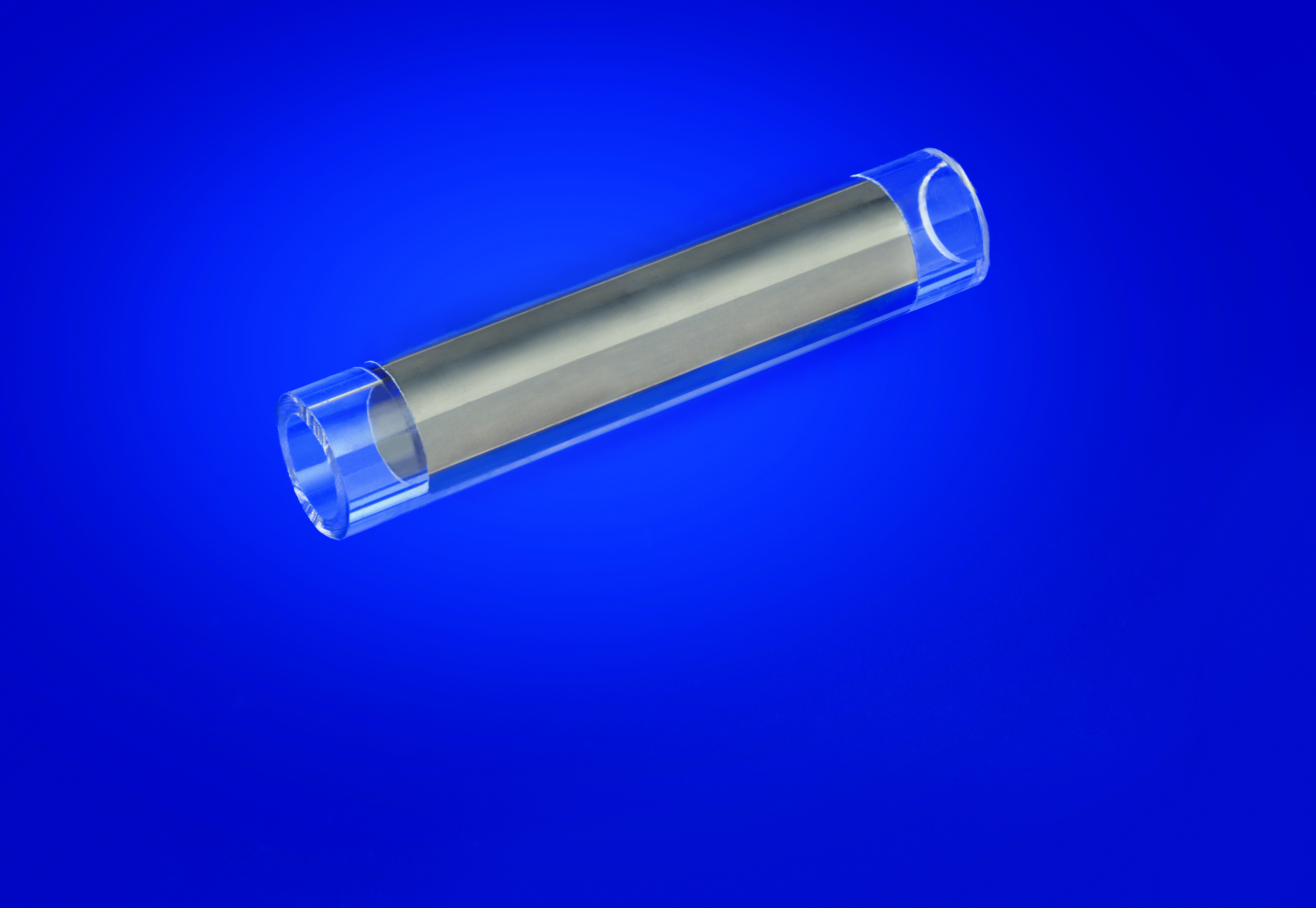

Metal nanoparticles are becoming increasingly important in many industrial sectors. Being applied as additives or functional coatings, they can equip various products with new properties, such as catalytic or antibacterial effectiveness. However, the technical complexity and the time and resource costs of the current manufacturing processes have significantly limited potential applications of the metal nanoparticles up to now. The Fraunhofer IFAM has developed an innovative solution for this by using a novel atmospheric pressure (AP) plasma technique.
Cost-efficient, sustainable, flexible: The use of AP plasma to gain nanometals offers numerous advantages
Nanometals are nowadays used in various applications, for example in medicine and electroplating. However, the multi-step, wet-chemical processes often used for their production require very high time and resource costs. In order to overcome these problems, a technically simple and sustainable solution was developed at Fraunhofer IFAM. In particular, the metal nanoparticles can be directly gained from copper, silver, gold, or other metals using an industrial atmospheric pressure plasma source and subsequently deposited in the form of functional layers. The average particle size can be specifically adjusted down to a few tens of nanometers by selecting the process parameters. Furthermore, depending on the desired application, it is possible to simultaneously embed the generated nanoparticles in a plasma polymer matrix and thus produce functional nanocomposite layers.
The novel approach benefits from the numerous advantages of the atmospheric pressure plasma technique, whereas inline-capable, fully automated and highly effective coating processes can be realized in a need-based, cost-efficient, customized and environmentally friendly manner.
Antibacterial and catalytically effective coatings can be realized
The technical approach to produce highly effective antibacterial nanocomposite coatings containing silver has already been successfully tested and researched as a part of the AiF research project "APASI". The project "APASI" was funded by the German Federal Ministry of Education and Research (BMBF) in the program "KMU-innovativ: Nanotechnologie" (NanoChance) (funding code 03X0119B).
Catalytically active coatings can also be deposited using this novel technique. In particular, in frame of the CORNET research project "METAPLAST ", various polymers such as polyamide (PA), polycarbonate (PC), acrylonitrile-butadiene-styrene (ABS), etc., could be locally seeded with palladium nanoparticles before conducting electroless metallization. Hence, this new approach is a sustainable alternative to conventional wet chemical conditioning processes, based on the use of environmentally hazardous chemicals highly restricted or even banned by the European Union regulations REACh, e.g. Cr(VI) compounds.
The research project "METAPLAST" (IGF project no. 197 EN) was funded by the Federal Ministry for Economic Affairs and Energy (BMWi) via the AiF within the framework of the program for the promotion of joint industrial research "Otto von Guericke" (IGF) on the basis of a resolution of the German Bundestag.
 Fraunhofer Institute for Manufacturing Technology and Advanced Materials IFAM
Fraunhofer Institute for Manufacturing Technology and Advanced Materials IFAM